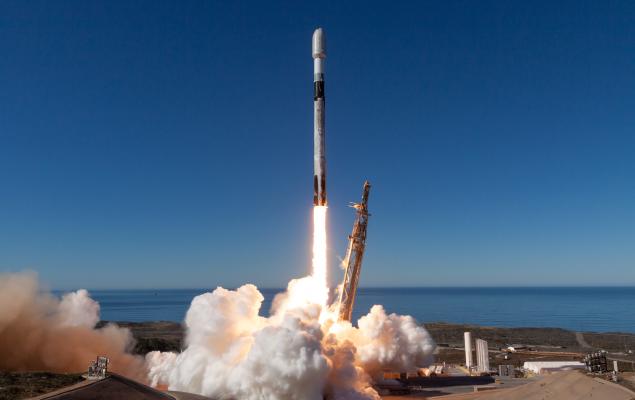A suite of Australian space techs are off to a flying start in 2025 after being boosted into orbit on a rideshare mission.
SpaceX launched 131 payloads on 15 January (Pacific Standard Time) as part of its latest rideshare mission – Transporter-12. The mission flew onboard the US company’s Falcon 9 rocket, which lifted off from Vandenberg Space Force Base.
Also being carried on the mission was Varda Space’s second orbital processing and reentry capsule — W-2. In October last year, the Agency authorised the company to undertake a series of returns in regional South Australia.
Australian technologies onboard the Transporter-12 mission
Australian technologies onboard the Transporter-12 mission
-
Two Centauri satellites from Fleet Space Technologies
-
One Holmes-007 non-Earth imaging camera from HEO
-
The latest version of the Neumann Drive® thruster
-
Two LEMUR 3 satellites developed in collaboration with Myriota
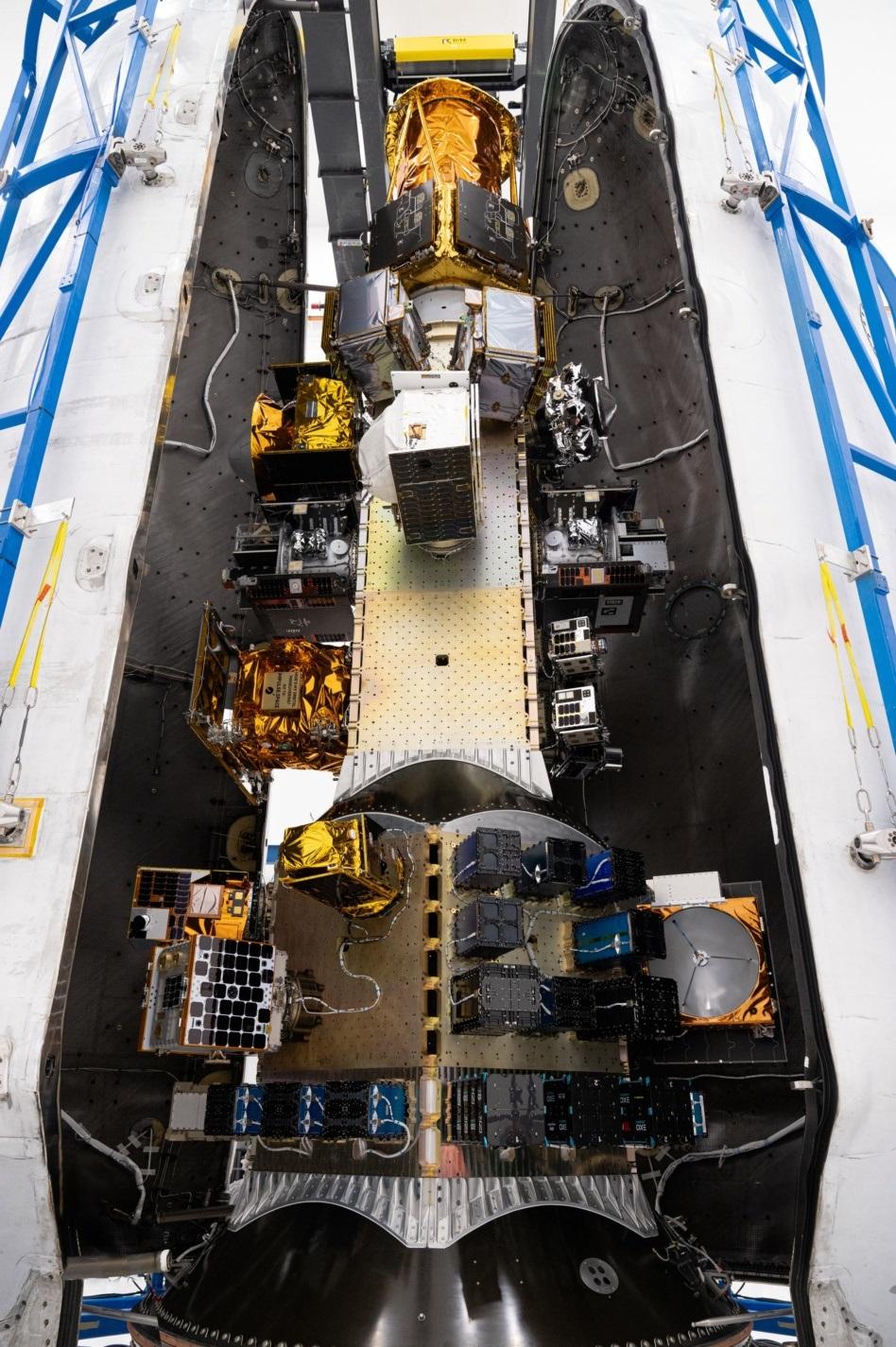
Fleet Space Technologies
- Two of the Australian company's next-generation Centauri satellites were deployed.
- The launch of Centauri 7 and Centauri 8 — Fleet Space’s most advanced satellites to date — will increase capacity of its proprietary satellite network to support the expansion of its end-to-end mineral exploration platform ExoSphere.
- Fleet is also building on its world-first, microsatellite-enabled SATCOM capabilities.
The Australian company has developed a passive, non-invasive mining solution known as ExoSphere.
The Agency helped incubate this technology with funding support through its Moon to Mars Demonstrator Feasibility Grant Program.
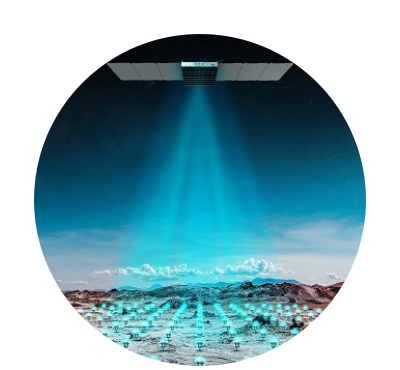
Searching for critical minerals
Related content
Searching for critical minerals
High Earth Orbit Robotics (HEO)
- The company's Holmes-007 non-Earth imaging payload was onboard the mission.
- Holmes-007 is integrated as a hosted payload on Impulse Space's Mira space vehicle and will capture high-resolution imagery of in-space objects as they pass through the spacecraft's field of view.
- This is HEO's second payload deployment in three weeks.
HEO received over $700,000 funding support for their Holmes imager from the Australian Space Agency as part of the Moon to Mars Supply Chain Capability Improvement Grant.
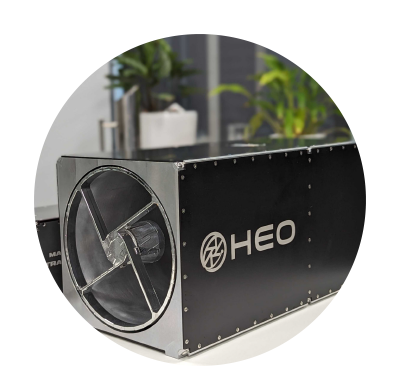
Civil space monitoring
Related content
Civil space monitoring
Neumann Space
-
The company integrated its next generation Neumann Drive®, ND-50, as an in-orbit demonstration payload onboard an 8U EDISON Satellite.
-
This 8U satellite was manufactured by Space Inventor and represents the first export to Europe for Neumann Space.
-
The EDISON Mission is a part of the European Space Agency’s Pioneer program, designed to support emerging companies seeking to provide new and innovative satellite communications technologies and services.
Neumann Drive® is onboard the Agency-funded SpIRIT satellite, which was launched in 2023 and provides an important form of space propulsion available to the spacecraft.
The tech is a cutting-edge Australian electric propulsion system, which uses solid metal propellants to deliver mobility to its spacecraft in orbit.
SpIRIT is led by The University of Melbourne and supported by the Agency’s International Space Investment and Moon to Mars initiatives.
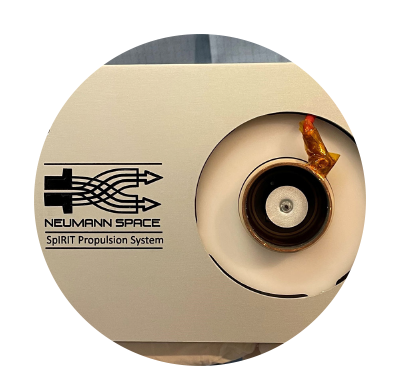
Fueling the future
Related content
Fueling the future
Myriota
- In collaboration with Spire Global, the Australian space company is increasing the resiliency and performance of its commercial network.
- The two LEMUR 3 satellites launched were equipped with specialised antennas that enable direct-to-orbit communications, broadening Myriota’s network across essential regions such as the US, Europe, Australia, New Zealand, and Latin America.
Myriota was awarded a $1.5 million grant from the Agency through its Moon to Mars Initiative Demonstrator Mission Grants. This investment is being used to develop an Australian-made compact communications payload to support IoT services in harsh off-world environments.
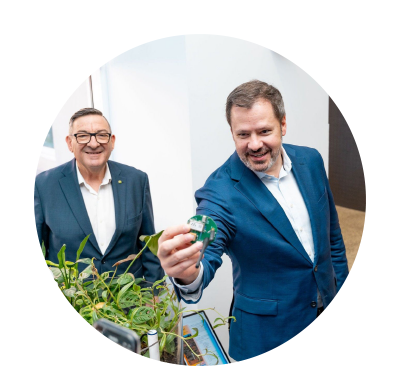
Improving connectivity
Related content
Improving connectivity

Backing the sector
Learn more about the Australian Government grants and support available for the space sector through the national capability-build programs.
Main image credit: SpaceX

